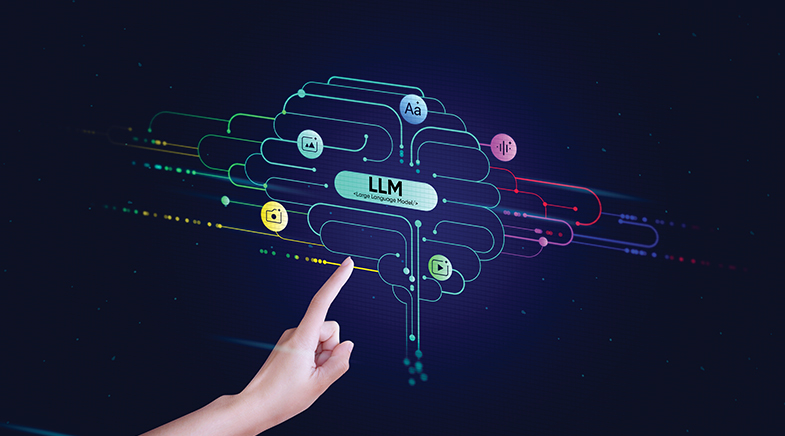With flying colours
-
- from Shaastra :: vol 03 issue 02 :: Mar 2024

What do birds do all day? They sing, hunt, and turn nasty when they wish to.
The idea behind this book is unique: to spend one hour of a day in the company of one particular species of birds — 24 species in 24 hours. American ornithologist Mark E. Hauber, Professor and Executive Director of the Advanced Science Research Center at The Graduate Center of the City University of New York, specialises in the development of avian recognition systems. Tony Angell is a prize-winning wildlife artist, writer and environmentalist, whose pen-and-ink sketches in this book are standout brilliant. The writing is stark and simple, and many fascinating insights into bird behaviour — and their rationale — come to light.
The odyssey begins at midnight in the company of the barn owl. Rat-catcher par excellence, its asymmetrical ears help it pinpoint prey. The barn owl looks like a pretty large bird — but that's because it's all feather, covered with soft, fluffed-up plumage so that it can fly slowly and in total silence. In reality, the bird is no larger than a dove!
At 1 a.m., we meet the rare little spotted kiwi of New Zealand, which only comes out at night. It is nearly blind and uses olfaction to hunt, duets with its partner, and lays the biggest egg in relation to its size, which is incubated for two months.
The oilbird from South America is next. Another night bird, it has excellent eyesight, lives only on fruit, and echolocates to find its way through pitch-black caves where it nests. Unlike bats, its echolocating clicks are audible, which reminded me of motivational speaker Daniel Kish, totally blind, who ‘clicks' his way around with all the confidence of one with 6/6 vision — an indication of what is possible. Oilbird chicks are so full of fat that they were boiled for their oil used for cooking and lighting — not a pleasant way to go for a baby, certainly.
Many such secrets are revealed: the nightingale (met at 4 a.m.) is a talented singer (though, from what I've heard on YouTube, I think the blue whistling thrush beats it hollow), sings to "woo and warn", is monogamous while coordinating parental duties, but alas also a philanderer.
The brown-headed cowbird (one of Hauber's specialities) is a brood parasite that may lay 40-70 eggs in one summer. It is attacked by other birds (naturally), but in case its own eggs are thrown out by the foster parent, it may mafia-style destroy the nest, forcing the foster parent to start over and wonder if it would be better to bring up the foster brat this time around rather than start anew.

BROTHERLY LOVE
What interested me the most was what Hauber had to say about the Indian peafowl, which we meet at 10 a.m. The bird has not been examined much in the wild, but flocks in introduced habitats and sites have been studied. Here, it was found that ‘brother' peacocks danced together to attract the girls — not competing with each other, but in the hope that a peahen would pick at least one of them and hence enable the family to spread its genes. Contrarily, I've watched, at the seven-acre Nicholson Cemetery in New Delhi, peacocks — who may or may not be related, or could even be brothers — duel with each other over the hens, the victor raucously chasing away the loser. Hauber also mentions that peahens chose the same dazzling dude season after season, but I wonder if this is possible in the wild, where they may wander off in the forests and are less likely to meet each other again. As Hauber mentions, they obviously need to be studied more!
Indian mynas (which we meet at 5 p.m.), according to Hauber, are the "bravest and most adventurous birds in the world", pioneers in their own right. They have been taken abroad (as pest controllers and pets — and some have become pests, too), where — perhaps like Indian students going abroad — they have thrived and become bolder than the ones that remained home.
Each of the 24 species chosen has its own USP, which makes this little book a worthwhile addition to the library of anyone interested in the avian world.
Ranjit Lal is a columnist and author — who writes especially for children and for adults who are children.
See also:
Have a
story idea?
Tell us.
Do you have a recent research paper or an idea for a science/technology-themed article that you'd like to tell us about?
GET IN TOUCH














